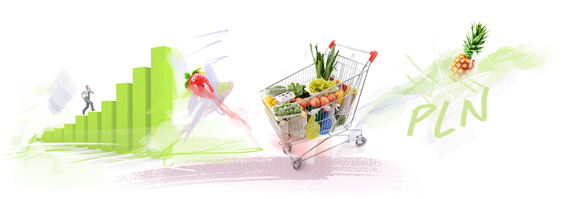Cross-selling and up-selling, or maximizing profit from a transaction
Marketing techniques such as cross-selling and up-selling are aimed at maximizing profit from a transaction, increasing customer dependence and trust towards a company and reducing the risk of losing a customer to the competition.
Cross-selling is a marketing technique of selling complementary products (or services).
Cross-selling example
When the customer browses products for purchase at an online store, for example shoes, information about complementary products (e.g. shoe brush or polish) is automatically shown below the currently displayed product.
The goal of this technique is to remind the customer about products that they do not remember about but which may be useful to them. As a result, the customer purchases them at that store instead of buying them later from the competition. Thus, the order value increases.
Up-selling means offering the customer products or services with a higher price, better quality or more functions.
Up-selling example
Taking customer’s preferences into consideration, we may offer them a more expensive variant of a given product. When the customer browses products for purchase at an online store, for example running shoes for PLN 150, information about products with better parameters (e.g. running shoes for PLN 250 and 350) or higher quality, products made of better materials or their more luxurious versions can be automatically shown below the currently displayed product. Sometimes the customer is not aware that a better version of a given product or service is available and is ready to consider buying it.
Why do cross-selling and up-selling increase offer effectiveness and average income from a transaction?
Help the customer make a decision that will make them happier and increase your revenue. When you know your customer’s preferences (based on the analysis of their previous purchases or preferences revealed while browsing your store) and you inform them about complementary products (cross-selling) or more advanced, better versions of products and services (up-selling), the probability that the customer will buy more increases.
Did you know?
Nowadays, more and more online stores recognize the value of collecting personal data of their customers. This information can be used for e.g. mailing campaigns or traditional distribution of your offer.
What is important is to take proper advantage of the data provided by the customers of your online store or those who purchase your specific services. You should analyze their preferences because with that knowledge you can later send them an offer concerning similar products. Because the offer is targeted, such marketing activities are usually more effective. When a customer purchases our services or plans to do it soon, that means we have won their trust. Once we meet their expectations, we can then surprise them, appeal to their taste and give them an idea for the next purchase.







